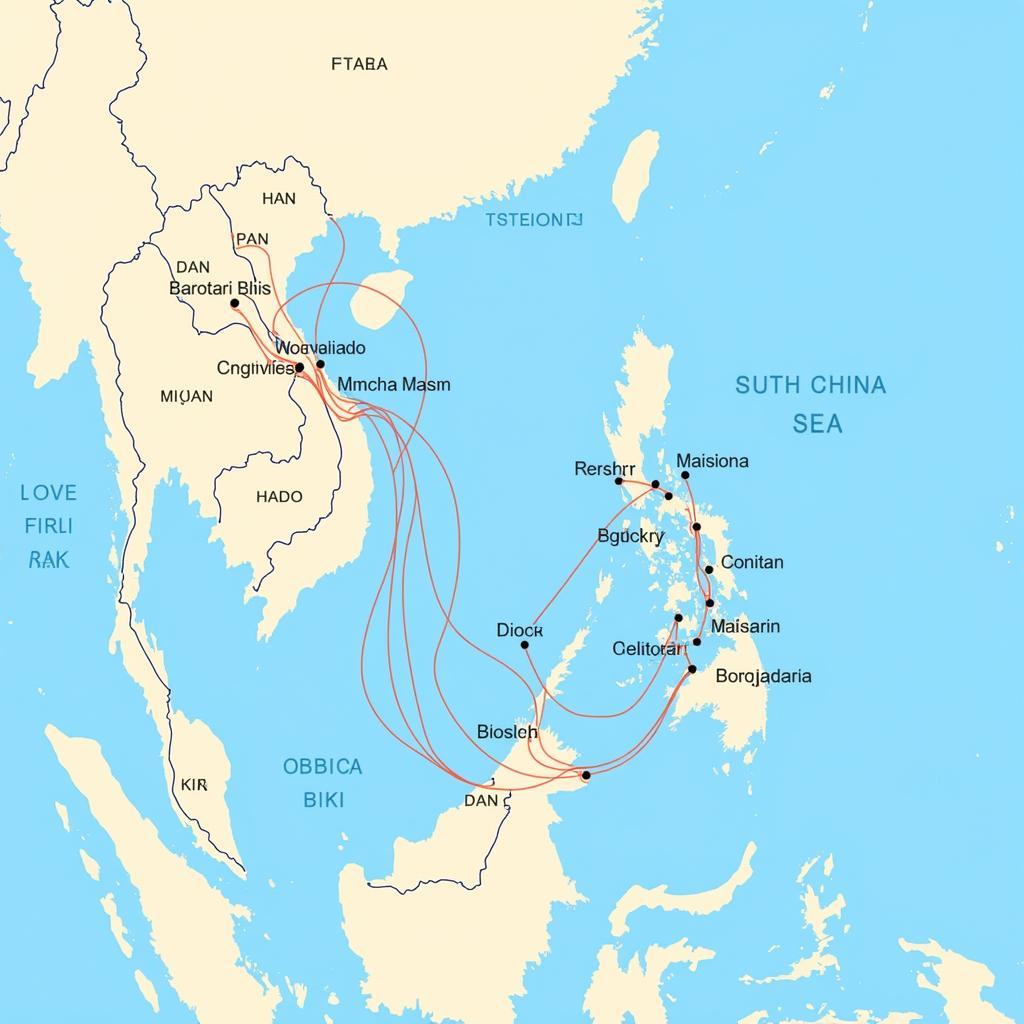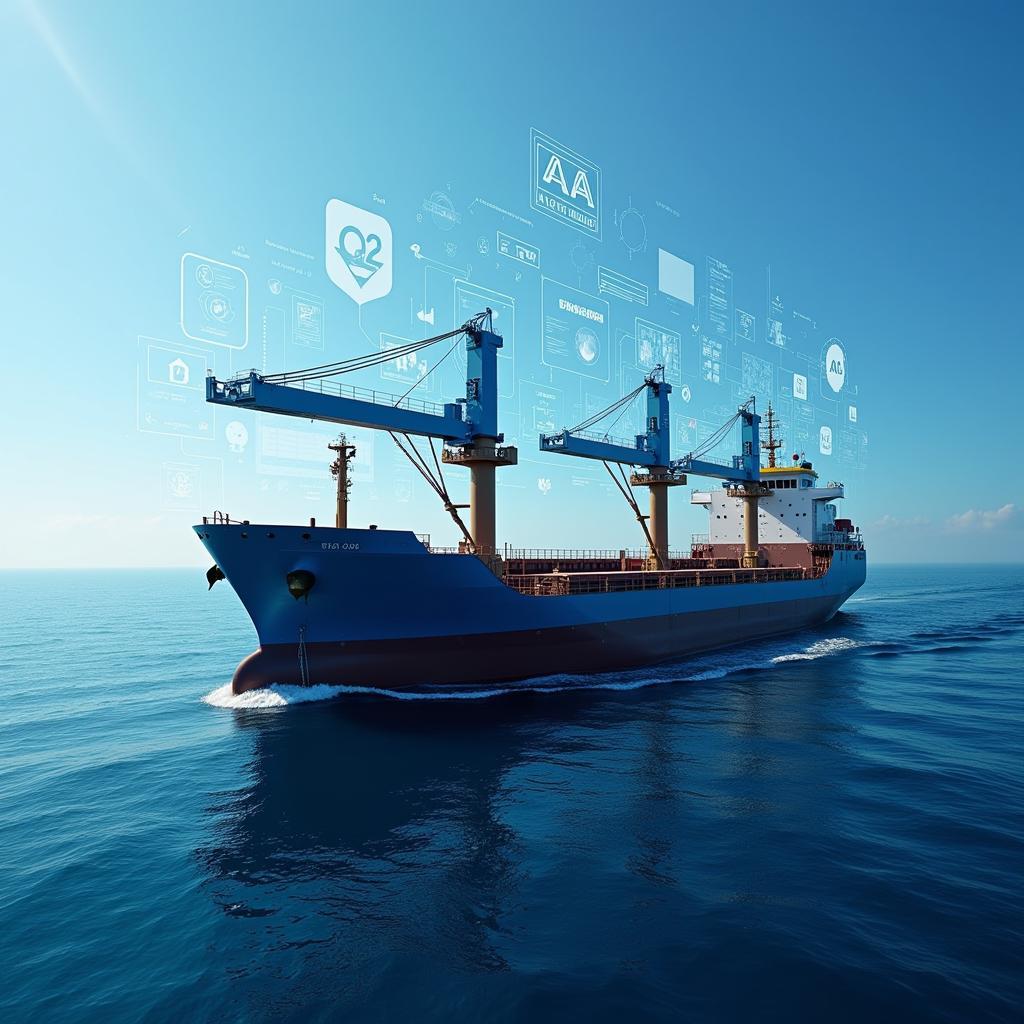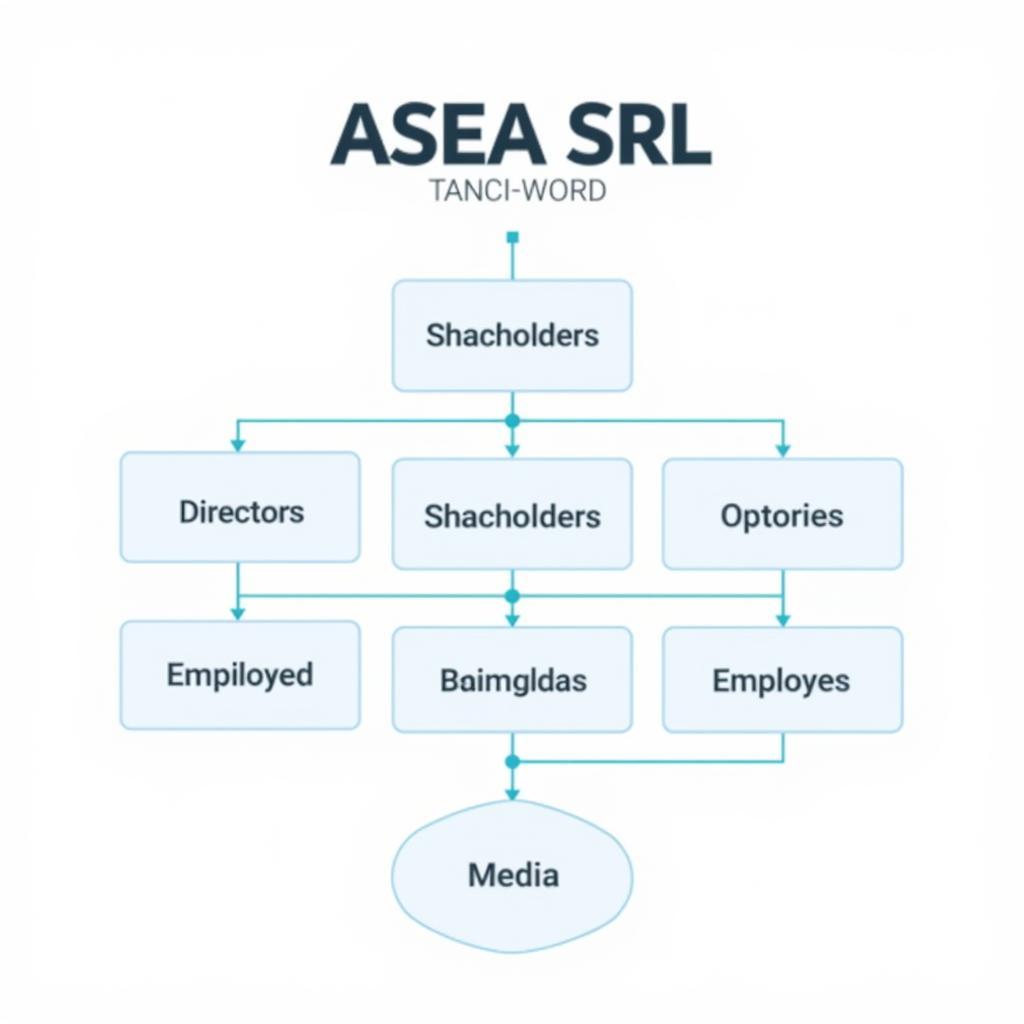Ase Shipping, short for Association of Southeast Asian Nations shipping, plays a pivotal role in the region’s economic growth and interconnectedness. With a coastline spanning over 170,000 kilometers and a population exceeding 650 million, ASEAN relies heavily on maritime transportation for trade, tourism, and connectivity. This article delves into the intricacies of ASEAN shipping, exploring its key features, challenges, and future prospects.
The Lifeline of Southeast Asian Trade
ASEAN shipping serves as the backbone of the region’s trade activities. As a major player in the global supply chain, ASEAN countries heavily depend on maritime transport to import raw materials and export finished goods. The seas and straits connecting these nations act as vital arteries, facilitating the movement of goods, services, and people.
 Major ASEAN Shipping Routes
Major ASEAN Shipping Routes
The sheer volume of goods transported via ASEAN shipping routes is staggering. From electronics and textiles to agricultural products and energy resources, ships traversing these waters carry a significant portion of global trade. The efficient functioning of this maritime network is therefore crucial for the economic well-being of ASEAN member states and their trading partners.
Challenges on the Horizon
Despite its significance, ASEAN shipping faces a multitude of challenges that necessitate collaborative efforts and innovative solutions. These challenges include:
- Infrastructure Constraints: Inadequate port facilities, limited capacity, and bureaucratic bottlenecks hinder the smooth flow of goods and increase transportation costs.
- Piracy and Maritime Security: The vastness of ASEAN waters makes them susceptible to piracy, smuggling, and other maritime crimes, posing threats to crew safety, cargo security, and regional stability.
- Environmental Concerns: The increasing volume of ship traffic raises concerns about marine pollution, habitat destruction, and the impact on coastal communities.
- Technological Disruptions: The rapid advancement of technology in the shipping industry, including automation and digitalization, requires ASEAN countries to adapt and invest in workforce training and infrastructure upgrades.
Addressing these challenges is crucial for ASEAN shipping to achieve its full potential and continue to support the region’s economic growth.
 ASEAN Shipping Embracing Technology
ASEAN Shipping Embracing Technology
Charting a Course for the Future
Recognizing the importance of a robust and sustainable maritime sector, ASEAN member states are actively collaborating to enhance the efficiency, safety, and environmental performance of their shipping industry. Key initiatives include:
- Infrastructure Development: Investing in modern port facilities, expanding capacity, and streamlining customs procedures to reduce bottlenecks and enhance connectivity.
- Maritime Security Cooperation: Strengthening regional cooperation to combat piracy, enhance maritime domain awareness, and ensure the safety of seafarers and cargo.
- Environmental Protection Measures: Implementing stricter environmental regulations, promoting energy-efficient shipping practices, and exploring alternative fuels to minimize the ecological footprint of maritime activities.
- Technological Integration: Embracing digitalization, automation, and other technological advancements to optimize operations, improve efficiency, and enhance competitiveness.
ASEAN Shipping: A Catalyst for Regional Integration
Beyond its economic significance, ASEAN shipping plays a vital role in fostering regional integration and cooperation. By connecting people, cultures, and economies across Southeast Asia, maritime transportation contributes to:
- Enhanced Connectivity: Facilitating trade, tourism, and people-to-people exchanges, strengthening ties between ASEAN member states.
- Economic Growth and Development: Creating employment opportunities, boosting trade, and attracting investments, contributing to the overall economic prosperity of the region.
- Cultural Exchange: Facilitating the movement of people and ideas, fostering cultural understanding and appreciation among ASEAN communities.
Conclusion
ASEAN shipping stands as a cornerstone of the region’s economic vitality and interconnectedness. By addressing the challenges and capitalizing on the opportunities that lie ahead, ASEAN can further strengthen its maritime sector, ensuring its continued contribution to the region’s growth, prosperity, and integration.
Need help navigating the complexities of ASEAN shipping? Contact us at Phone Number: 0369020373, Email: [email protected], or visit us at our office in Thon Ngoc Lien, Hiep Hoa, Bac Giang, Vietnam. Our dedicated team of experts is available 24/7 to assist you.
